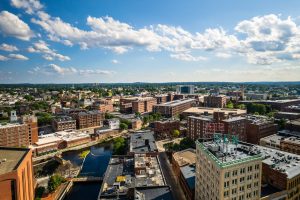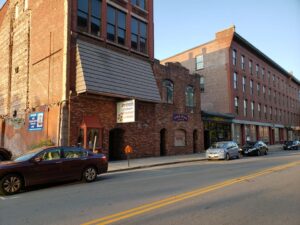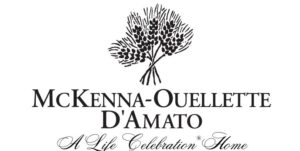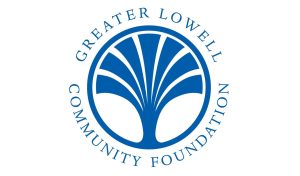
Photo by Henry Marte
by Allison Lamey
In 2010, the City of Lowell was selected as one of 40 communities to participate in the U.S. Department of Energy’s Better Building Neighborhood Program. The aim of this initiative was to expand the building improvement industry, test innovative program delivery models, create jobs, and reduce energy costs for consumers.
As part of this effort, the city partnered with the Lowell Development & Financial Corporation (LDFC) to establish a $2.7 million Energy Loan Fund focused exclusively on retrofitting commercial properties in downtown Lowell’s historic district. This fund demonstrated that energy efficiency improvements could be achieved without sacrificing the architectural integrity of historic buildings.
The funding structure provided businesses with accessible financial support. The City of Lowell contributed grant funds covering one-third of project costs (up to $250,000), LDFC-administered loans covered another third, and property owners contributed the remaining portion. With a competitive interest rate of 3% over a 10-year period, the LDFC played a crucial role in making energy retrofits feasible for business owners.
 The program prioritized key energy upgrades such replacing outdated heating, ventilation, and air conditioning (HVAC) systems. A dedicated team of energy assessors and contractors worked closely with business owners to implement improvements while maintaining the character of these historic properties. The initiative also fostered workforce development and strong partnerships with the Lowell National Historical Park, the Lowell Historic Board, and local businesses. This coordination enabled energy efficiency advancements across various property types, including restaurants, offices, museums, mixed-use buildings, and multifamily units.
The program prioritized key energy upgrades such replacing outdated heating, ventilation, and air conditioning (HVAC) systems. A dedicated team of energy assessors and contractors worked closely with business owners to implement improvements while maintaining the character of these historic properties. The initiative also fostered workforce development and strong partnerships with the Lowell National Historical Park, the Lowell Historic Board, and local businesses. This coordination enabled energy efficiency advancements across various property types, including restaurants, offices, museums, mixed-use buildings, and multifamily units.
One notable project was the renovation of the former St. Paul’s Methodist Church on Hurd St. for the future home of local nonprofit UTEC. The property, built in 1893 underwent extensive renovations in 2012 including significant upgrades to the building’s energy systems. Those upgrades allowed the building to reduce its energy consumption by 29% compared to similar facilities. Today the historic property holds the distinction as one of the oldest LEED Platinum Certified buildings in the country!
While the Energy Loan Fund program has concluded, the impact will last well into the future, as one local restaurant can attest.
 The Athenian Corner, a Market Street restaurant that has operated downtown since 1974, underwent an energy assessment that projected a 30% reduction in energy usage with recommended upgrades. Upgrades made to the property, with assistance from the Energy Loan Fund, achieved a remarkable 41% reduction in energy consumption—far surpassing initial projections.
The Athenian Corner, a Market Street restaurant that has operated downtown since 1974, underwent an energy assessment that projected a 30% reduction in energy usage with recommended upgrades. Upgrades made to the property, with assistance from the Energy Loan Fund, achieved a remarkable 41% reduction in energy consumption—far surpassing initial projections.
Teddy Panos, whose family owns the property and restaurant expressed his appreciation for the program, highlighting its positive impact on operating costs and business sustainability.
 “For us, the energy program was the right opportunity at the right time. It allowed us to replace an old heating system that was failing and needed to be replaced. 15-years later, we are still realizing significant savings in energy usage, which is proving extremely beneficial during these times of increasing energy costs.”
“For us, the energy program was the right opportunity at the right time. It allowed us to replace an old heating system that was failing and needed to be replaced. 15-years later, we are still realizing significant savings in energy usage, which is proving extremely beneficial during these times of increasing energy costs.”
The Energy Loan Fund stands as a testament to innovation and collaboration to drive economic growth while preserving the city’s historic character. By completing energy efficiency projects within a highly regulated historic district, the Energy Loan Fund set a precedent for future preservation efforts. This initiative proved that modernization and sustainability can coexist with historic preservation, upgrading nearly 900,000 square feet of commercial space while maintaining the district’s rich architectural heritage.
Stay tuned for more stories on our 50 years of partnership and impact.















